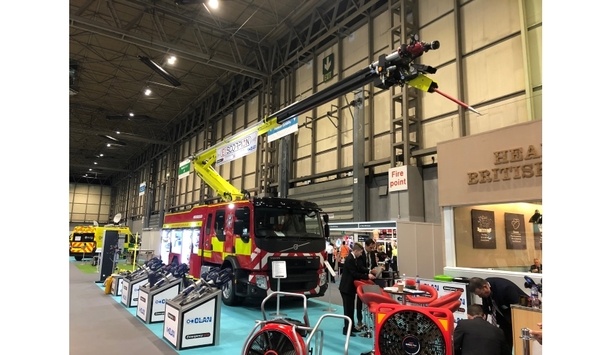Fire extinguishers are designed to suppress or control fires in emergencies.
They are the first line of defense, but are not intended to be used on fires that are already out of control or fires that may endanger the end user. Out-of-control fires will require the expertise of a fire brigade.
types of fire extinguishers
There are various types of fire extinguishers. Fire extinguishers may be stored pressure which is the type that the expellant is stored in the same chamber as the firefighting agent itself. It can also be cartridge-operated.
This type contains the expellant gas in a separate cartridge that is punctured before discharge, the propellant is then exposed to the extinguishing agent. Fire extinguishers can be further categorized depending on the extinguishing agents used and the type of fire that it is capable of exhausting.
handheld or cart-mounted
Portable extinguishers weigh from 0.5 to 14 kilograms and are hence easily portable by hand
Fire extinguishers can either be handheld or cart-mounted. Portable extinguishers weigh from 0.5 to 14 kilograms and are hence easily portable by hand.
Cart-mounted extinguishers or Wheeled fire extinguishers normally weigh more than 23 kilograms; construction sites, airport runways, heliports, docks, and marinas commonly use these.
types of extinguishers
Portable fire extinguishers are used only in the early stages of a fire before it grows beyond the capacity of the extinguisher.
There are typically six types of extinguishers: Water, Foam, Wet Chemical, Dry Chemical Powder, Vaporizing liquid, and Carbon Dioxide. The type of extinguisher must be with the cause of fire in mind.
Safe and easy operation
They contain greater extinguishing capacities, deliver high agent flow rates, offer additional fire fighting ranges
Wheeled fire extinguishers can be operated safely and easily. They come in different model sizes that feature extinguishing agents such as carbon dioxide, dry chemicals, halons, dry powder, and AFFF-type foam pre-mix solutions.
They contain greater extinguishing capacities, deliver high agent flow rates, offer additional fire fighting ranges, and increase discharge times.
regular maintenance
Though fire extinguishers have instructions with them, it is highly recommended that occupants or employees are trained to handle them. Mishandling of the equipment may cause greater danger to the user.
Furthermore, similar to other fire protection equipment, fire extinguishers require routine testing and regular maintenance to ensure that it is in their best condition in the event of fire. To guarantee that it is neither out-of-date nor leaking, have a professional technician check on the equipment.















